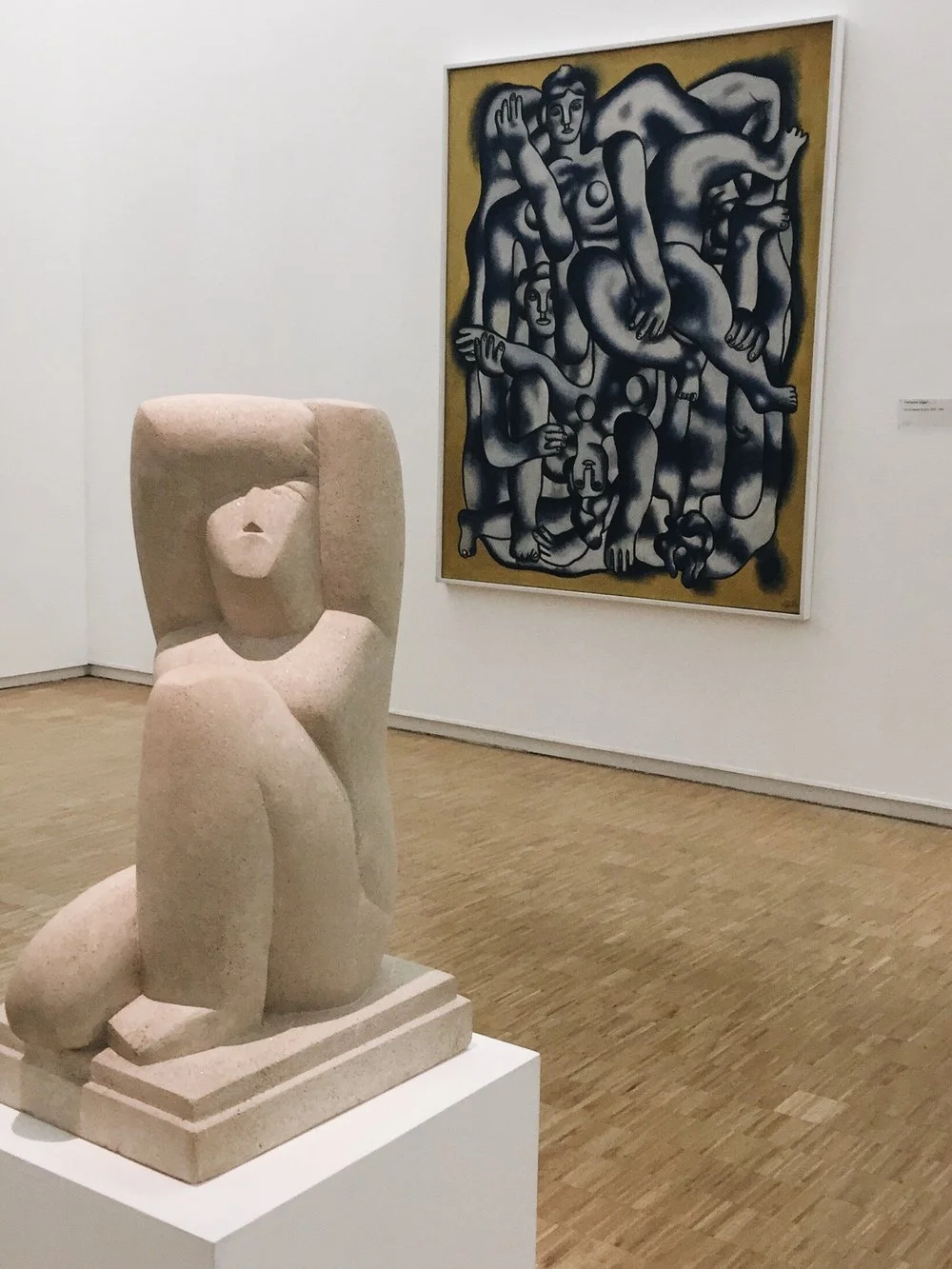Why Art Criticism Is Important
Seemingly opting to judge rather than create, art critics are sometimes labeled as pretentious or even disregarded for their perceived inclination to overinterpret. Satirical clichés portray self-important connoisseurs who impose complex meanings on even the most painstakingly minimal works, a parody which serves to undermine both contemporary art and academic criticism. It may seem simple to view art and its consumption as either frivolous or inaccessible, particuarly when a small minority may imply true understanding is only attainable for an exclusive in-group. Notions of gatekeeping—a broader phenonomenon not just confined to the art world, appearing across many disciplines and realms of culture—should not define art criticism as a whole nor overshadow the engaging, insightful, and inclusive contributions of critics who work to foster a deeper, more accessible understanding of art. The value of art criticism lies not in exclusivity, but in its ability to connect people to the emotional, intellectual, and cultural power of art.
An art critic’s main goal is simply to observe the aesthetics, concepts, and/or context of an artwork in order to form an opinion and/or come to a conclusion. While there is no unanimously accepted definition of art, let’s define it here as a visual entity created with an intent of expression. This act of expression is often presented and shared with others, who then form opinions on it. Art criticism is an important facet in the process of creating, sharing, and understanding art.
What makes art so important is its ability to evoke a variety of responses. Sometimes the artist’s intent and a viewer’s perception of a work of art do not match. But these are often the instances in which internal and external dialogue are sparked. Art criticism is the practice of presenting questions and perspectives on a work, and by result, encouraging contemplation and discussion.
Art is so many things, but is most powerful when it emotionally impacts its viewers. This most often happens when an artwork evokes social or cultural context. Art criticism can take the techniques, materials, or aesthetics of an artwork/exhibition and parallel it to greater discussions such as politics, race, religion, or gender.
A case study: a particular moment of art criticism that particularly stood out to me was the discussion surrounding a painting at the 2017 Whitney Biennial. The museum displayed a painting by artist Dana Schutz titled “Open Casket,” which featured a depiction of Emmett Till (a tragic symbol of racial inequality during the Jim Crow era; a teenage boy violently murdered after being falsely accused of flirting with a white woman). Publications including the Washington Post and the New Yorker addressed the implications of a Schutz, a white artist, depicting the traumatic historical moment. Interestingly, the criticism was less about her artistic technique or the painting’s historical accuracy. Instead, critics used this work of art as a tool to discuss race relations, history, Black American culture, and the current state of the art world. As a result, many people became involved in important discourse surrounding historical ownership, narrative, and appropriation. This single event had a ripple effect on the art world. Since, a number of art institutions have actively diversified their staff and established cultural advisory groups.
Without art critics to question or challenge Marcel Duchamp’s ready-mades, the foundations of conceptual art would not be the same. An interaction between creator and critic often fuels entire movements and artistic philosophies. There have even been art movements created with the goal of defying art critics, that are now legitimately canonized (fauvism, impressionism). What art criticism does is explore our society through the lens of creators. But rather than accept blindly, critics encourage skepticism, critical thought, and discourse. Art can be exciting, vague, or even confusing at times, but critics provide a sense of stability for many who are looking for ways to view or understand art. The fundamental point is not whether art critics are right or wrong. Good critics do not provide us with the answers, they provide opinions that work as templates for our own critical thinking.
(Featured artwork: Jenny Holzer, Inflammatory Essays)






